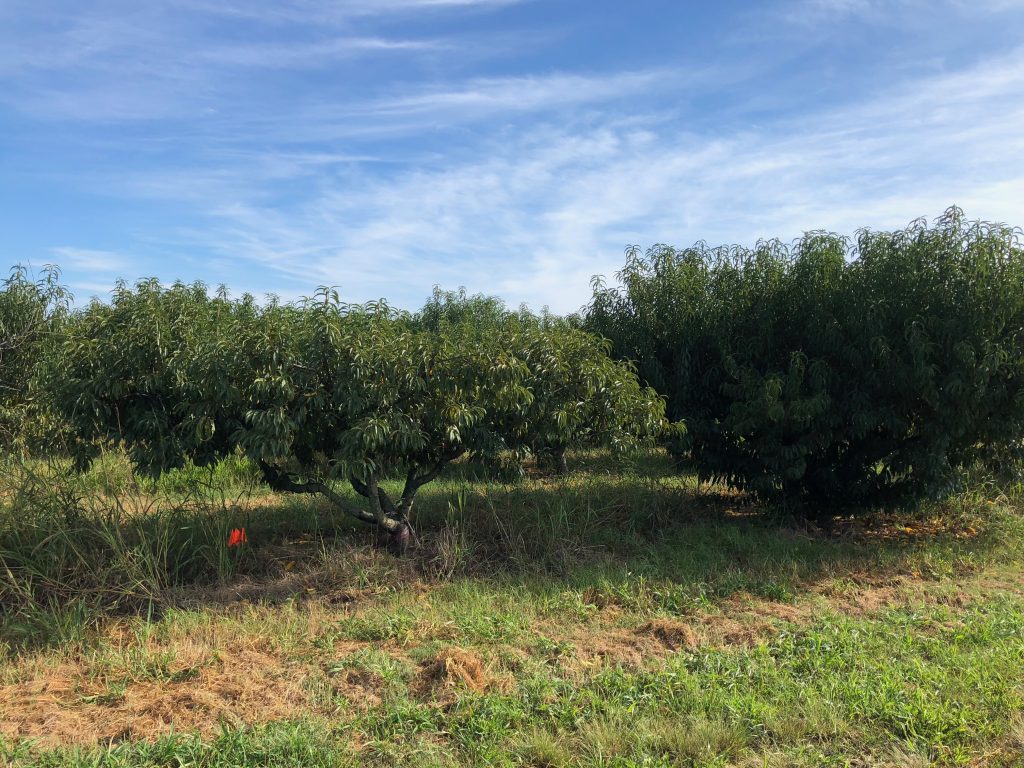
By Clint Thompson
Phony peach disease in the Southeast has not worsened over time. But it is still bad enough that producers need to be wary of its presence during the production season.
Phil Brannen, University of Georgia Cooperative Extension fruit disease specialist, discussed the disease during the recent Southeast Regional Fruit and Vegetable Conference.

“It’s caused by a bacteria, and it takes the tree and reduces production down to almost zero. It stunts the tree. The tree over time will decline and eventually die. The peaches become unpalatable. They’re small, and then the tree actually starts to produce less peaches,” Brannen said. “The only thing we can do for it right now is, we have to identify those trees early and try to take them out and keep the spread from happening. We also try to kill out any wild plums and things like that around the peach orchard as well.
“But once the tree has it, it’s done.”
Brannen said recent research at UGA has concluded the disease has not increased in recent years. But its impact on peaches is still significant enough for those farmers who have it in their orchards.
“What we’ve really found out is, essentially, we don’t see anything changing much. It looks like where the bacteria was, it’s aggressive and it’s still there,” Brannen said. “If anything, historically, we probably have less of it overall throughout the Southeast than we did 100 years ago. That’s probably because a lot of the nurseries were in middle Georgia, and we were shipping peaches with phony peach all over the place. Now we don’t have them there. They’re in Tennessee, and they don’t have it. That’s helpful to us and everybody else.
“It’s the same degree of concern than it really was. Today, I would not conclude that it’s gotten significantly worse. It’s still bad enough. It’s a disease we have to deal with every year.”
Brannen added that the recent cold temperatures should help minimize the disease’s impact.
UGA Extension photo/Phony peach; diseased tree (left) compared to tree with normal growth (right). Xylella fastidiosa-infected trees have shortened internodes, flattened tops and darker green foliage.









